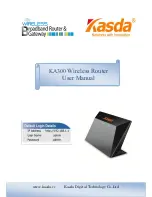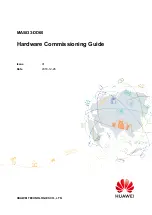
TYLC4v1.0.0
User manual
1.
Product Overview
TYLC4 is a low-power embedded Wi-Fi module developed by Hangzhou Tuya Information
Technology Co., Ltd., which consists of a highly integrated RF chip ESP8266 and a few
peripheral components with built-in Wi-Fi network protocol stack and abundant library functions.
TYLC4 is embedded with low power 32-bit CPU, 1 Mbyte flash memory and rich peripheral
resources.
TYLC4 is a RTOS platform which integrates all the function libraries of Wi-Fi MAC and
TCP/IP protocol, base on which, users are enabled to develop embedded Wi-Fi products according
to their specific requirements.
1.1 Features
The embedded low-power 32-bit CPU can also be used as application processor
CPU Clock Speed: 80MHz and 160MHz
Working voltage: 3.0V-3.6V
Peripheral: 5×GPIOs, 1×UART
Wi-Fi connectivity
802.11 b/g/n
Channels 1-1
1
@2.4GHz
In support of WPA/WPA2 safe mode
In support of STA/AP/STA+AP operating mode
In support of two distribution networks including SmartConfig and AP(Android and
IOS devices included)
Operating temperature: -20
℃
to 125
℃
1.2 Main applications
Intelligent building
Smart home/home appliances
Smart power plug, intelligent light
Industrial wireless control
Baby monitors
Webcams
Intelligent public transportation































